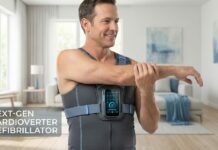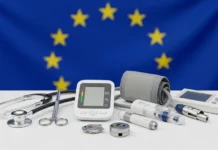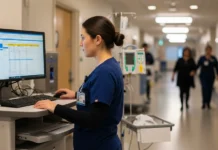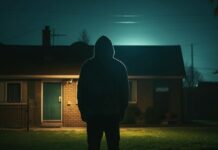Telehealth equipment is generally known to be costly and limited. Traditionally, telehealth tools were permanently located in one room and only accessible when that room was available – very similar to the advent of teleconferencing rooms in offices. Unless a mobile cart was available to move from room to room, the telehealth offerings remained limited.
Today, the steady increase of mobile devices being integrated into the workflow of hospitals is transforming telehealth and how we deliver care. Additionally, medical devices are getting more compact and leveraging the technology that is already in our pockets. The end result is not only improving workflow and physicians’ lives, but also improving patient care and satisfaction.
For example, Carle is a level-3 center for perinatal care. Our health system offers care to patients across a span of about 9,000 square miles. In dealing with high-risk obstetrics situations, patients may have to travel over an hour by ambulance or 30 minutes by helicopter just to determine if they actually need to be in our main facility. However, if a local community physician is able to leverage telehealth and apply a very simple device to read that fetal heart rate and contraction, then share that information with a specialist at the main campus, we can determine the level of risk and take the appropriate action.
That may entail either arranging transport, or treating the patient without having to make an unnecessary trek. The ability to extend specialty services out to remote sites in a rural health environment, where the care is equivalent to that of the main campus, is the ultimate goal.
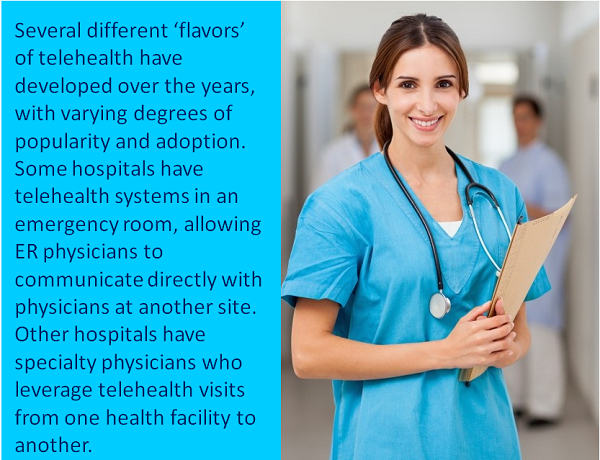
Additionally, telehealth changes how we think about data. If you look at how care has been provided in the past, it has always been based on static data. For example, I can call a hospitalist to report a patient’s blood pressure at a certain time. However, by the time I get the hospitalist on the phone, I’ll always be providing historical data, nothing in real time. With today’s technology, the hospitalist can now look at the data on his phone while we are on a call, thus enabling the hospitalist to make a more informed treatment decision.
With the help of telehealth, we are changing the way healthcare is delivered. Keeping our patients healthy, safe and happy is always our most important goal, and it’s an exciting time to see the technology keeping up.
One of the other critical pieces that are often overlooked is the need to provide real-time or near real time access to experts. Enabling peer-to-peer telehealth consults closer to the time of need has significant advantages. Leveraging telehealth for wound care for example, is an area that greatly improves outcomes for patients by enabling remote consultation, viewing and potential management in partnership with a local home health provider. It is critical that the telehealth platform or infrastructure be adaptable to new care models and pathways.



